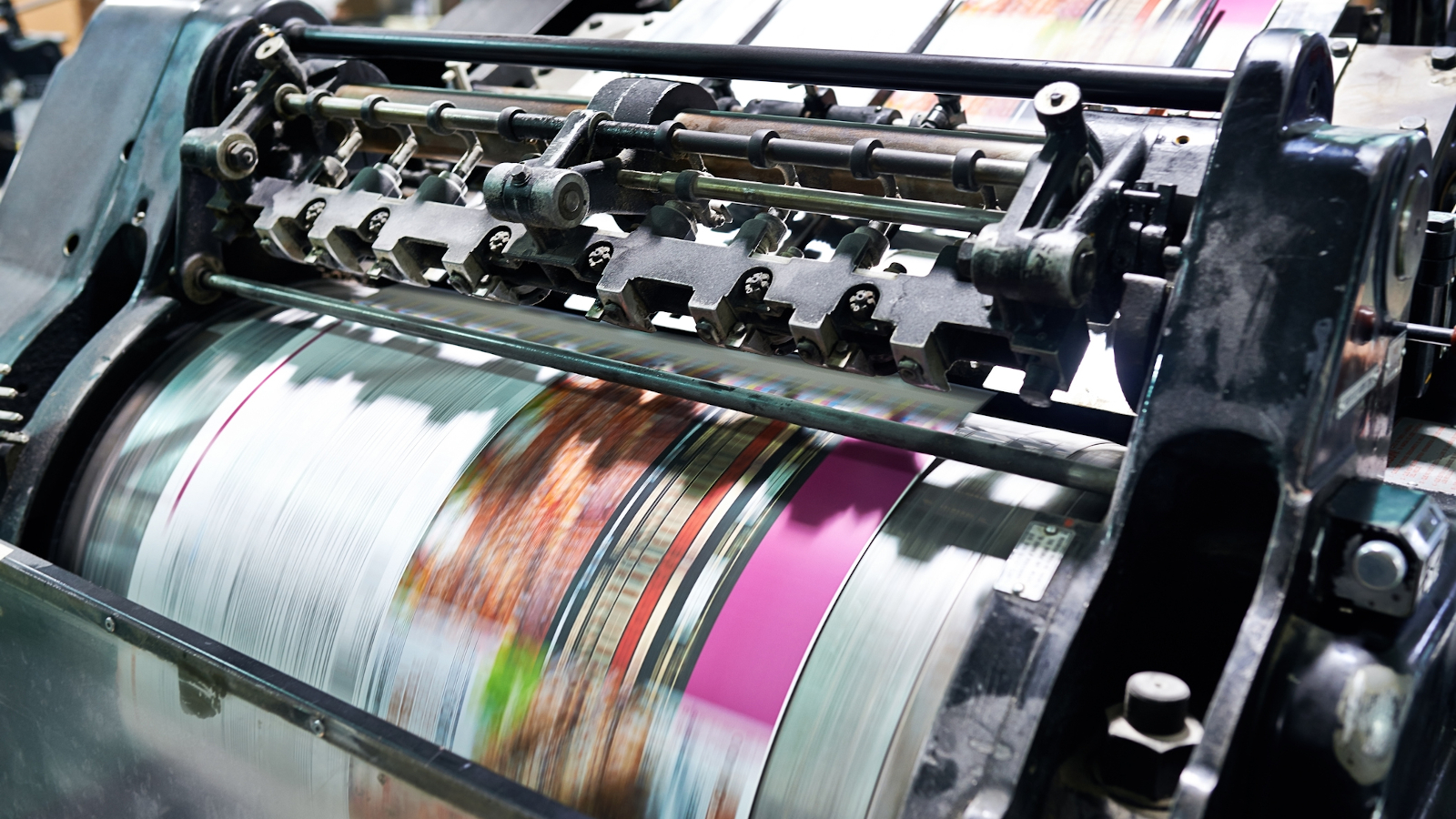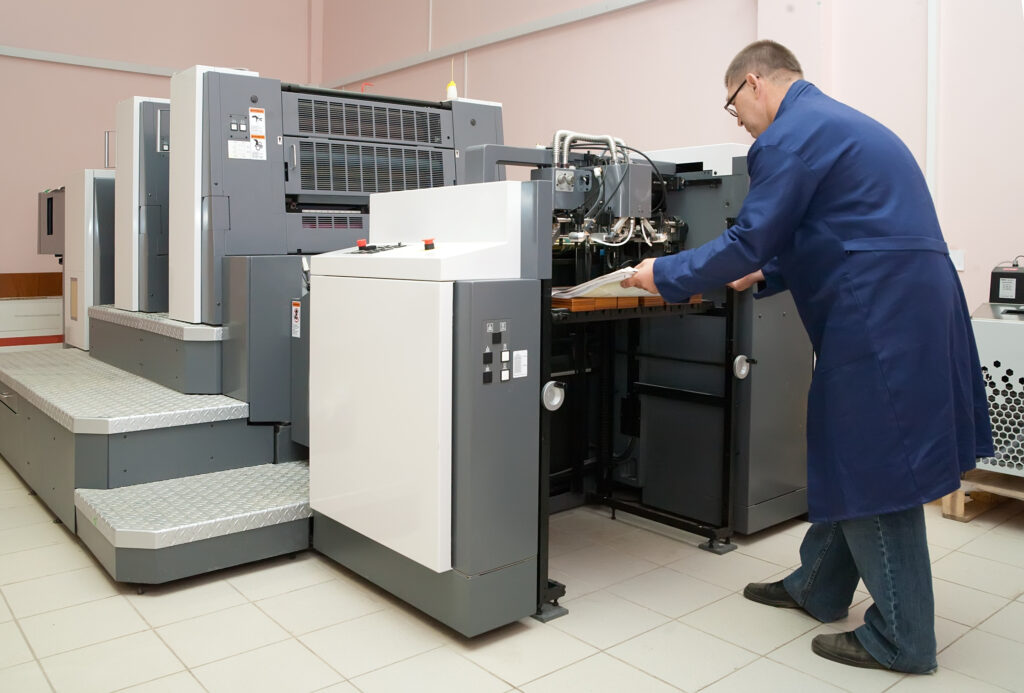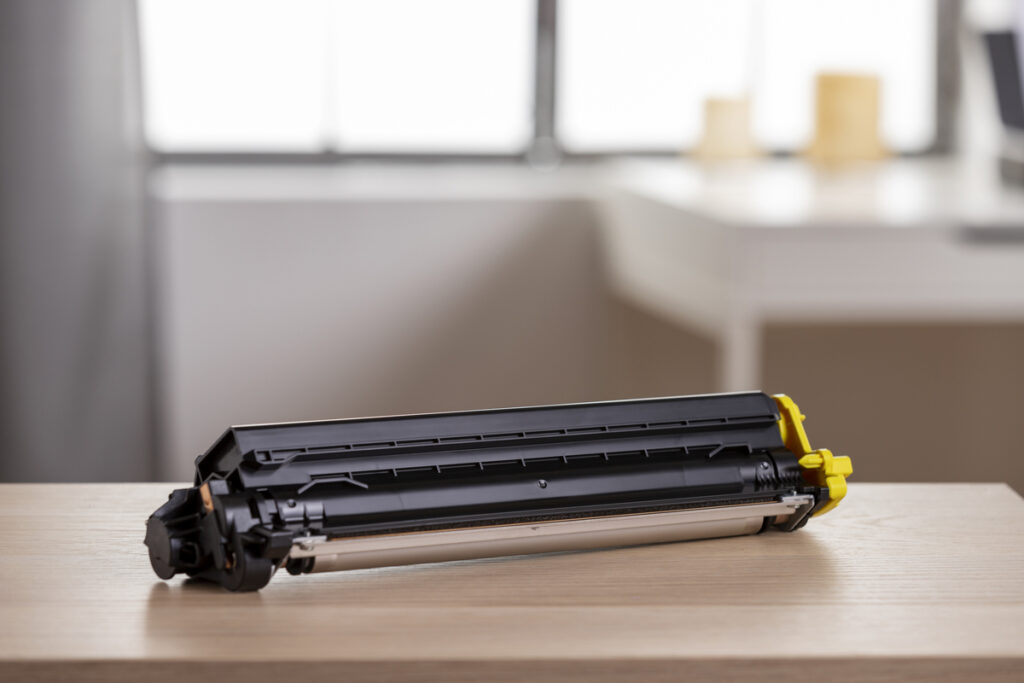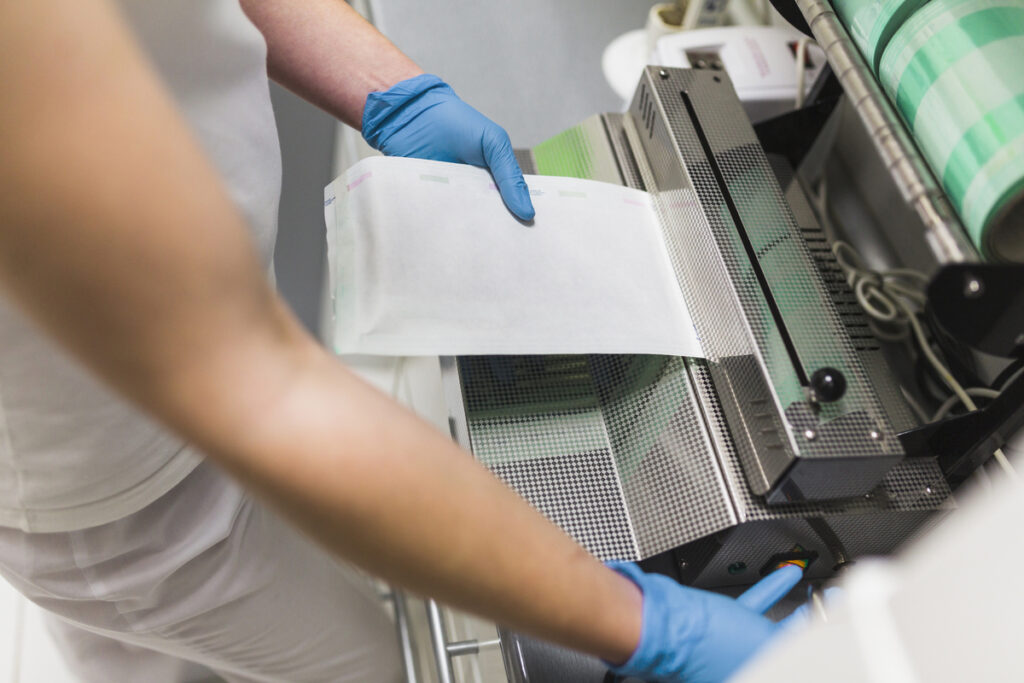Design Tips For Effective Print Marketing Campaigns

Introduction:
Print Materials- Print materials continue to be a valuable tool for businesses to reach their target audience and convey their brand message effectively. However, creating an impactful print marketing campaign requires careful consideration and attention to design elements. From brochures and flyers to posters and business cards, the design of these materials plays a crucial role in capturing attention, conveying information, Print Marketing Campaigns and driving desired actions.
To maximise the effectiveness of print marketing campaigns, it is essential to employ thoughtful design strategies that resonate with the intended audience. This includes choosing appropriate colour schemes, typography, imagery, and layout techniques that align with the brand’s identity and objectives.
Incorporating eye-catching visuals, compelling headlines, and clear calls-to-action can further enhance the impact of print materials. By employing these design tips, businesses can create print marketing campaigns that stand out, effectively communicate their message, and leave a lasting impression on their target audience.
How can colour schemes enhance the effectiveness of print marketing campaigns?
Colour schemes play a crucial role in enhancing the effectiveness of print marketing campaigns. By strategically selecting and utilising colours, marketers can captivate the audience’s attention, evoke emotions, reinforce brand identity, and improve message retention. First and foremost, colours have the power to grab attention and create visual impact. Vibrant and contrasting hues are more likely to catch the eye and make printed materials stand out amidst the clutter.
Warm colours like red and orange can create a sense of urgency and excitement, while cooler tones like blue and green convey a feeling of trust and serenity. By understanding the psychological associations of colours, marketers can align their chosen hues with their desired message or brand personality.
Consistency in colour schemes across various print materials, such as brochures, flyers, and advertisements, helps establish and reinforce brand identity, fostering recognition and familiarity among the target audience. Additionally, colour schemes aid in message retention. Studies have shown that people remember information better when it is presented in colour rather than black and white.
By using colour strategically to highlight key information or calls to action, marketers can improve the overall recall of their messages. In conclusion, colour schemes are a powerful tool in print marketing campaigns. They can attract attention, evoke emotions, reinforce brand identity, and enhance message retention. By carefully selecting and implementing colours, marketers can effectively engage their audience and maximise the impact of their print materials.
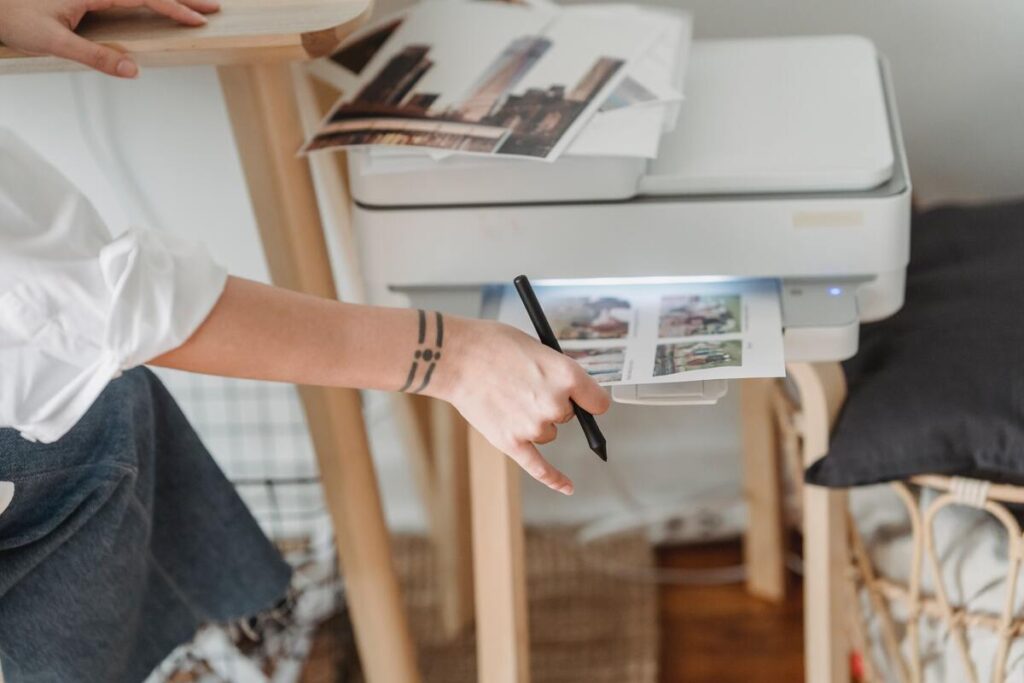
What typography choices are best suited for creating impactful print materials?
Typography choices play a pivotal role in creating impactful print materials. The right selection and utilisation of fonts can significantly enhance readability, convey brand personality, evoke emotions, and establish a visual hierarchy. When it comes to print materials, legibility is of utmost importance. Choosing fonts that are easy to read, even at smaller sizes, is essential to ensure that the audience can grasp the message effortlessly.
Sans-serif fonts like Arial, Helvetica, or Futura are often favoured for their clean and modern appearance, making them suitable for a wide range of print materials. However, serif fonts such as Times New Roman or Georgia can add a touch of elegance and sophistication, making them appropriate for formal or traditional contexts.
Another aspect to consider is the alignment of the text. Justified text, where the lines are evenly spaced, can create a polished and professional look, while left-aligned or centred text can be used to create a more casual or artistic feel. It is important to strike a balance between aesthetic appeal and legibility when making alignment choices.
Typography also serves as a powerful tool for conveying brand personality. Each font carries its own unique characteristics, and selecting a font that aligns with the brand’s values and target audience can help establish a strong visual identity. For example, a bold and modern font might be suitable for a technology company, while a playful and whimsical font could be used for children’s products.
Creating a visual hierarchy is essential in guiding the reader’s attention and emphasising key information. Combining different font sizes, weights, and styles can help establish this hierarchy. Larger and bolder fonts can be used for headings and important messages, while smaller and lighter fonts can be employed for supporting text. Consistency in typography throughout the print materials also aids in maintaining a cohesive and professional appearance.
How can the use of imagery contribute to the success of a print marketing campaign?
The use of imagery plays a crucial role in contributing to the success of a print marketing campaign. Imagery has the ability to capture attention, evoke emotions, enhance message comprehension, and reinforce brand identity. First and foremost, images have the power to grab the viewer’s attention and create an instant visual impact. A compelling and visually appealing image can immediately draw the audience in, making them more likely to engage with the printed material. By selecting images that are relevant to the product or message, marketers can pique curiosity and generate interest.
Humans are inherently visual beings, and pictures have the ability to evoke powerful emotional responses. By carefully selecting and incorporating images that elicit the desired emotional reactions, marketers can create a strong and memorable association between the brand and the emotions experienced by the audience. This emotional connection can lead to increased brand affinity and customer loyalty.
Images also enhance message comprehension. They can convey complex ideas or information quickly and effectively, making the overall message more digestible and memorable. Visuals can simplify and clarify concepts, particularly when combined with supporting text or captions. This visual reinforcement aids in the understanding and retention of the marketing message.
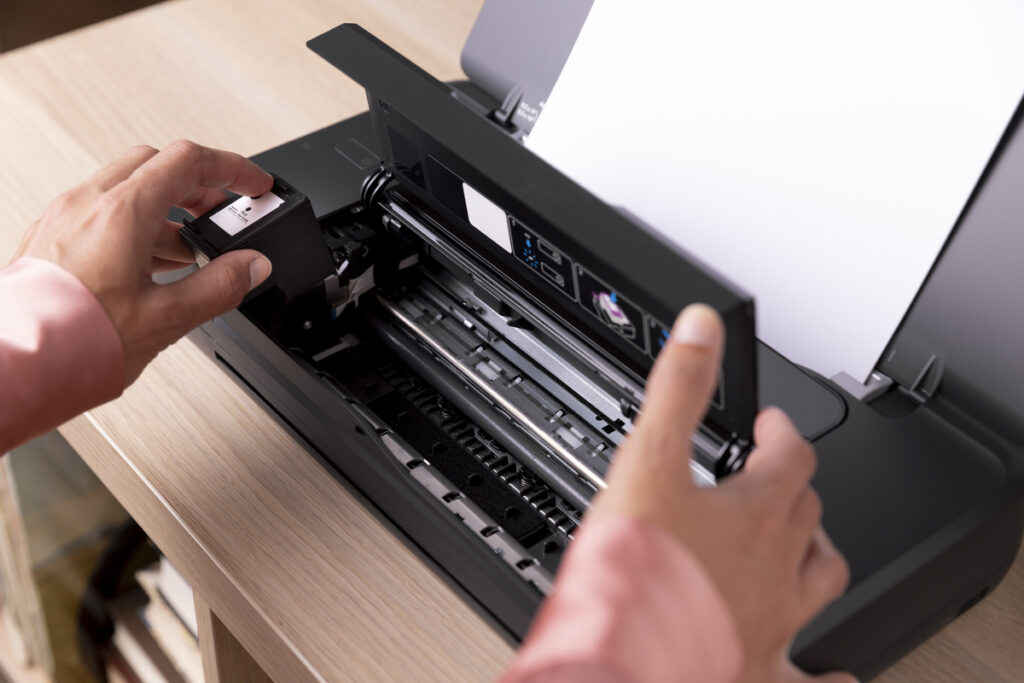
What layout techniques can help optimise the visual impact of print materials?
Layout techniques play a crucial role in optimising the visual impact of print materials. A well-designed layout can enhance readability, guide the reader’s attention, create a visual hierarchy, and reinforce the overall message. Here are some effective layout techniques that can help maximise the visual impact of print materials.
Firstly, ensuring readability is essential. Paying attention to factors such as font size, spacing, and line length is crucial for creating a comfortable reading experience. Using legible fonts and appropriate font sizes ensures that the text is easy to read, even from a distance or in small print. Ample spacing between lines and paragraphs improves readability and prevents the text from appearing crowded or overwhelming.
Creating a visual hierarchy is another important technique. By employing various typographic elements such as font size, weight, and style, important information can be emphasised while maintaining a clear hierarchy. Headings and subheadings should stand out and guide the reader through the content, while supporting text provides additional context. Utilising different font sizes, bold or italicised text, and colour variations can help establish this hierarchy and draw attention to key elements.
How should the hierarchy of information be considered when designing print marketing materials?
When designing print marketing materials, careful consideration of the hierarchy of information is essential for effectively conveying the intended message to the audience. The hierarchy ensures that the most important information stands out, guides the reader’s attention, and facilitates easy comprehension. Here are key factors to consider when establishing the hierarchy of information in print marketing materials.
Firstly, identify the primary message or objective of the marketing material. Determine the core information that needs to be communicated and ensure it receives prominent placement in the design. This can be achieved by using larger font sizes, bold or italicised text, or positioning it in a central location on the page. The primary message should be the focal point that immediately captures the reader’s attention.
Next, consider the supporting information that provides context or elaborates on the primary message. This can include details about products or services, key benefits, or additional information that supports the main message. Place this information in a secondary position, using slightly smaller font sizes or less emphasis compared to the primary message. Clear visual cues such as subheadings, bullet points, or colour variations can be utilised to distinguish this information.
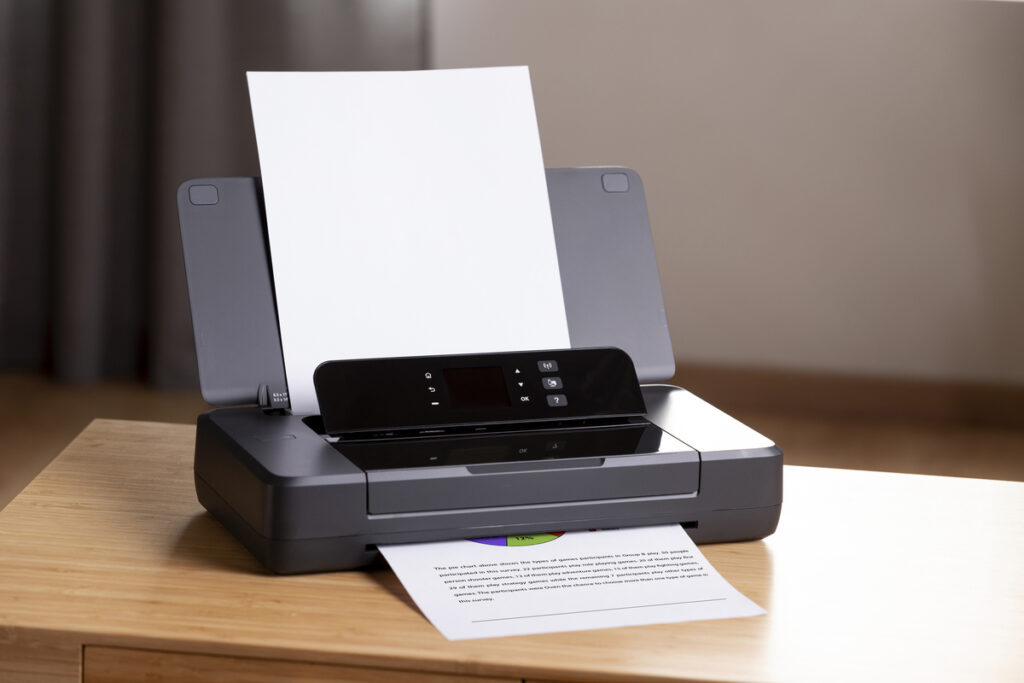
What role do compelling headlines play in capturing the audience’s attention in print campaigns?
Compelling headlines play a pivotal role in capturing the audience’s attention in print campaigns. They serve as the first point of contact between the audience and the marketing material, and their effectiveness directly impacts the success of the campaign. Here’s a closer look at the role compelling headlines play in capturing the audience’s attention.
Firstly, compelling headlines have the power to grab attention and create curiosity. In a world filled with information overload, readers quickly skim through printed materials, looking for something that stands out. A well-crafted headline that is attention-grabbing, intriguing, or even slightly provocative can make the reader pause and delve deeper into the content. By using words that evoke emotions, pose questions, or present a unique proposition, compelling headlines entice the audience to explore further.
A clear and concise headline that effectively communicates the main message or benefit of the product or service can immediately resonate with the target audience. It acts as a signpost, guiding readers to the content that is most likely to capture their attention and fulfil their needs. By aligning the headline with the target audience’s desires or pain points, marketers can increase the chances of engagement and response.
Compelling headlines also serve as a tool to differentiate and stand out in a crowded marketplace. In print campaigns, where space is limited, the headline becomes even more crucial. It must be concise, impactful, and unique to distinguish itself from competing messages. By crafting a headline that communicates a distinct value proposition or highlights a unique selling point, marketers can pique the audience’s curiosity and encourage them to explore further.
How can clear calls-to-action be incorporated into print materials to drive desired actions?
Clear calls-to-action (CTAs) are crucial in driving desired actions through print materials. They guide the audience on what steps to take next and encourage them to engage with the intended message. Incorporating clear CTAs in print materials requires strategic placement, effective wording, and visual cues to maximise their impact.
They should be positioned prominently within the design where they are easily noticeable. Placing CTAs near the top or bottom of the page, where the reader’s eyes naturally gravitate, increases their visibility. Additionally, utilising white space or visual elements to isolate the CTA helps it stand out from the surrounding content, ensuring that it captures the reader’s attention.
Using strong action verbs such as “buy,” “register,” “subscribe,” or “contact” compels the audience to take immediate action. Including a sense of urgency, such as time-limited offers or limited availability, can further motivate the audience to act promptly. Moreover, using benefit-driven language that highlights the value or reward they will receive by taking action can increase the effectiveness of the CTA.
Visual cues are also effective in emphasising CTAs. Utilising contrasting colours for the CTA button or text draws attention to it and makes it visually distinct. Using directional cues, such as arrows or visual elements that point towards the CTA, directs the reader’s attention and reinforces the desired action. It is important to ensure that the visual cues are aligned with the overall design aesthetics and do not distract from the clarity of the CTA.
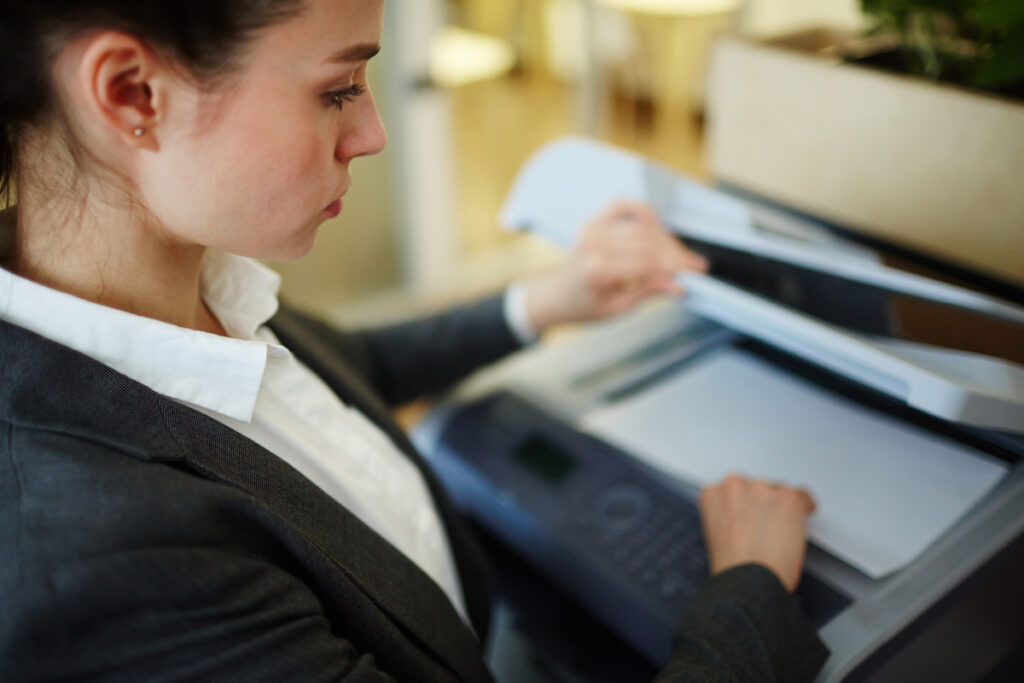
What are some considerations for selecting paper quality and finishes to enhance the overall design of print marketing campaigns?
Selecting the appropriate paper quality and finishes is essential for enhancing the overall design of print marketing campaigns. The right combination can elevate the visual appeal, tactile experience, and perceived value of printed materials. When considering paper quality and finishes, several factors should be taken into account.
Thicker and heavier paper stocks, such as cardstock or premium paper, convey a sense of quality and durability. Lighter paper stocks, on the other hand, can create a more economical or casual impression. The choice of paper weight should align with the desired brand image and target audience’s expectations.
Glossy finishes, on the other hand, offer a shiny and reflective surface, creating a vibrant and polished appearance. The choice between matte and glossy finishes depends on the desired visual effect and the specific content of the print materials. For instance, a glossy finish might be suitable for high-quality product catalogues or promotional brochures, while a matte finish might be preferred for a more sophisticated or artistic design.
Conclusion:
Implementing effective design strategies is crucial for creating impactful print marketing campaigns. By carefully considering colour schemes, typography choices, imagery, and layout techniques, businesses can captivate their audience and convey their brand message effectively. The hierarchy of information should be thoughtfully planned to ensure that the most important details are prominently displayed. Eye-catching visuals, compelling headlines, and clear calls-to-action further enhance the impact of print materials.
By paying attention to these design tips, businesses can create print marketing campaigns that stand out from the competition, effectively communicate their message, and leave a lasting impression on their target audience. As the digital landscape continues to evolve, print marketing remains a powerful tool, and by employing thoughtful design strategies, businesses can maximise its effectiveness and achieve their marketing goals. With creativity, attention to detail, and a focus on the target audience, print materials can deliver compelling messages and generate positive results for businesses of all sizes.


